Versuchen GOLD - Frei
The Alchemist's Tale
Archaeology
|January/February 2016
Long regarded as a charlatan’s game, alchemy is now taking its proper place in the history of science.

In a light-filled room in a building behind the State Museum of Prehistory in Halle, Germany, a row of tables is lined with oddly shaped glass vessels. When Christian-Heinrich Wunderlich saw them for the first time three years ago, they were in thousands of pieces, enough to fill six crates. Archaeologists had discovered the fragments during a rescue excavation in nearby Wittenberg in a niche underneath what had been a fifteenth-century monastery’s basement stairway.
When the crates had first been brought to his lab, Wunderlich, who is the head of the Saxony-Anhalt State Office for Heritage Management and Archaeology’s restoration facility, assumed they contained centuries-old ordinary household garbage, likely broken drinking glasses and clay cookware, that had been swept up and forgotten. “At first we thought it was just a lot of glass,” Wunderlich recalls. “We noticed the weird shapes, and just shook our heads.”
A few of the most misshapen shards landed on Wunderlich’s desk. He noted that some were discolored and melted, as though they had been subjected to extreme heat. At least half were coated with curious residues—silvery crystals, for example, or thick, crusty red or brown layers. As Wunderlich pondered them, he began to wonder if there was something else to the story. He decided to pursue a hunch, scraping tiny bits of residue off one of the shards for chemical analysis. The results included the presence of copious antimony and antimony ore. “That’s when we understood that these were the tools of an alchemist,” he says.
Diese Geschichte stammt aus der January/February 2016-Ausgabe von Archaeology.
Abonnieren Sie Magzter GOLD, um auf Tausende kuratierter Premium-Geschichten und über 9.000 Zeitschriften und Zeitungen zuzugreifen.
Sie sind bereits Abonnent? Anmelden
WEITERE GESCHICHTEN VON Archaeology
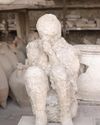
Archaeology
LEGEND OF THE CRYSTAL BRAIN
When most people envision the victims of the eruption of Mount Vesuvius in A.D. 79 that destroyed the cities of Pompeii and Herculaneum, they think of the casts of their bodies made by pouring plaster into voids left by their decaying corpses. Yet not all the physical remains of those who perished in the cataclysm decayed. In one case, a remarkable transformation occurred—a man’s brain turned to glass.
3 mins
July/August 2025
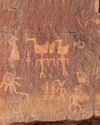
Archaeology
Birds of a Feather
Intriguing rock art in the Four Corners reveals how the Basketmaker people drew inspiration from ducks 1,500 years ago
8 mins
July/August 2025
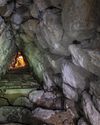
Archaeology
THE HOME OF THE WEATHER GOD
In northern Anatolia, archaeologists have discovered the source of Hittite royal power
13 mins
July/August 2025
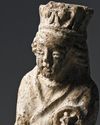
Archaeology
SAINTS ALIVE
Since 2019, archaeologists have been excavating in Berlin's oldest square, known as the Molkenmarkt, or Whey Market.
1 min
July/August 2025
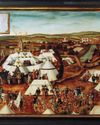
Archaeology
SOLDIERS OF ILL FORTUNE
The Schmalkaldic War, which began in 1546 and lasted less than a year, pitted the forces of the Holy Roman emperor Charles V (reigned 1519-1556) against the Schmalkaldic League, a Protestant alliance formed by German principalities and cities within the empire.
1 mins
July/August 2025
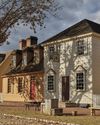
Archaeology
A NEW LOOK AT AN OLD CITY
Archaeologists are reconstructing the complicated 400-year history of Virginia's colonial capital
13 mins
July/August 2025
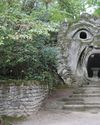
Archaeology
ITALY'S GARDEN OF MONSTERS
Why did a Renaissance duke fill his wooded park with gargantuan stone
10 mins
July/August 2025
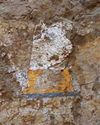
Archaeology
In Search of Lost Pharaohs
Anubis Mountain conceals the tombs of an obscure Egyptian dynasty
3 mins
July/August 2025
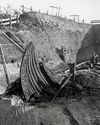
Archaeology
Setting Sail for Valhalla
Vikings staged elaborate spectacles to usher their rulers into the afterlife
15 mins
July/August 2025
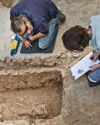
Archaeology
BOUND FOR HEAVEN
During excavations of a Byzantine monastery in 2017 just north of Jerusalem's Old City, a team led by Israel Antiquities Authority archaeologists Zubair 'Adawi and Kfir Arbiv discovered an unusual burial in a crypt beneath the altar of the complex's church.
1 mins
July/August 2025
Translate
Change font size
